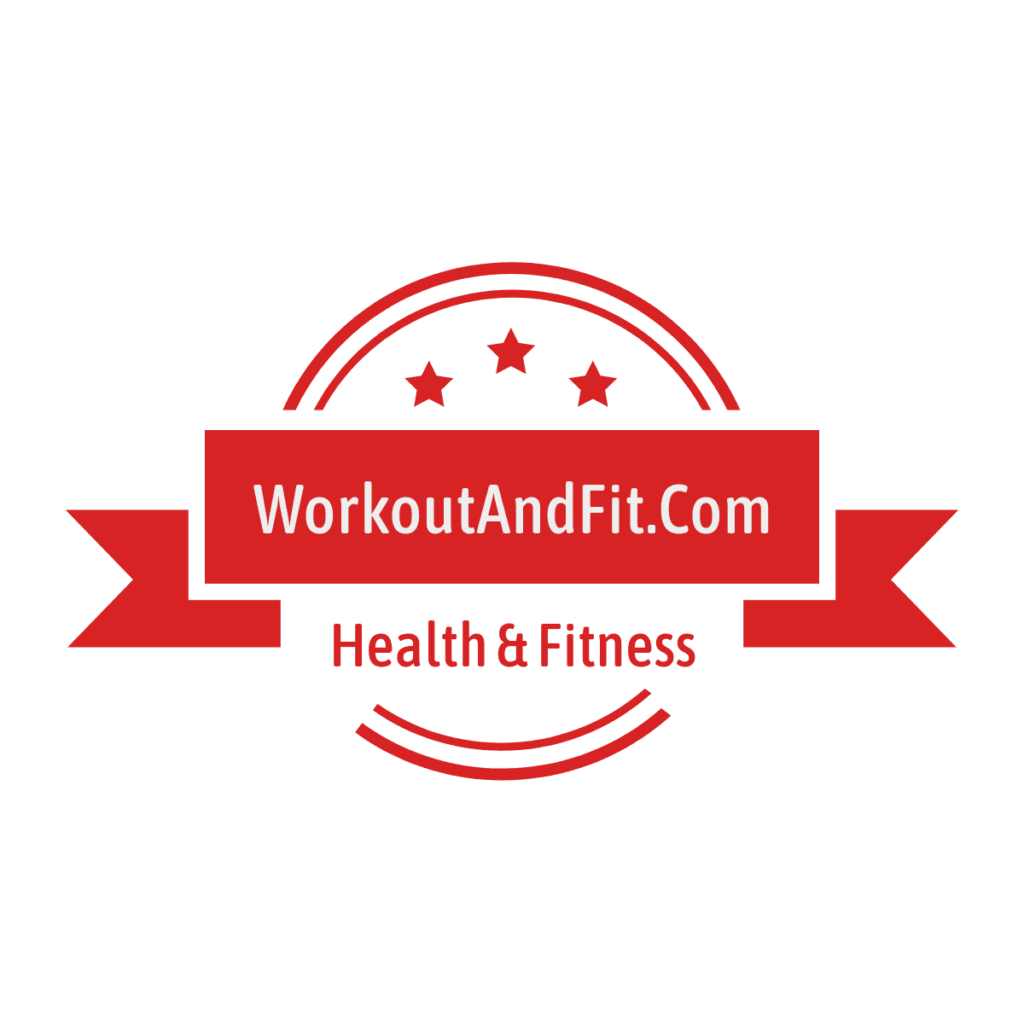Workouts Routines
Stretch Before Working On Your Computer
Stretch Before Working On Your Computer
Did you know that investing long hours at your computer system can put your wellness at serious threat? Most individuals does not even take into consideration that possibility, but t does, Working at a workdesk is exceptionally tough on your body, and I want to share this with you so possibly you can stay clear of some of one of the most typical health dangers.
SORTS OF STRETCHING
What do we typically do before involving on a workout at the gym? We extend, ideal? However have you ever before believed why we do this? Extending is really vital. It warms up the muscular tissues by enhancing its performance and blood flow to avoid injury. There are different sorts of stretching that satisfy different needs.
1. Ballistic stretching
This kind of stretching pressures a moving arm or leg means beyond its regular series of motion. One example of ballistic stretching is touching your fingers to your toes. This type brings you to an all of a sudden stretched setting instead of a steady one. The muscular tissues that are extended works as a springtime that can obtain you out of the extended setting. This kind of stretch is not that beneficial and can lead to injuries. It does not give your muscular tissues sufficient time to relax and adjust in the extended position.
2. Dynamic extending
In this type, you are not forced to stretch your muscles drastically. Examples of this kind are upper body spins and leg and arm swings. There is also a sluggish boost in reach and in the rate of motion.
3. Energetic extending
There is likewise what you call the active extending or the static-active extending. Yoga utilizes this kind of stretching.
4. Easy stretching.
With static-passive extending, you require someone or a device to hold the stretched out arm or leg for you. An instance of this is extending up your leg while it is being held up in place by, state, your fitness center instructor. Dividing is likewise a perfect instance of passive extending.
5. Fixed Stretching
In fixed extending, you are brought to the farthest factor of your stretch and holding it in place. On the various other hand, passive extending is an extra unwinded form of stretching since you do not have to manage the range of motion since it is created by an outdoors pressure either mechanically or by hand.
6. sometric Stretching
Isometric extending is a type of fixed stretching that does not require motion. You simply need to stressful the stretched out muscular tissues. This can be utilized to enhance the static-passive flexibility and is extra effective active or easy stretching alone. It can likewise boost strength on tensed muscular tissues that can assist reduce discomfort as a result of stretching. When you press up on a wall surface, an example this is. Asking a person to hold your boost for you while you require your leg down is additionally an example of isometric stretching. Due to the fact that they are flexible enough that these solid stretches can just boost the threat of muscle injuries, this kind of stretch is not apt for growing teens and youngsters.
7. PNF Stretching
It incorporates passive and isometric stretching so you can reach your static versatility optimum. Comparable to the isometric stretching, this kind is not advised for others and youngsters that have growing bones.
There goes the various types of stretching. To avoid injuries, it is far better to stretch prior to doing anything else. Be it simply for a heavy workload or some light activity. Take extending seriously and feel the advantages it can give your body.
There are other risks as you being in front of that computer system but it would be to much to blog about in this post, so if you want to learn more concerning various other threats such as:
Eye pressure
RSI (Repetitive Stress Syndrome).
Repetitive Strain Injury.
Continuous Head Aches.
Dizziness.
Breathing Problems.
Difficulty Concentrating.
You can learn everything about this in guide: “The Painless PC”, which can be discovered at: www.HealthCrow.com.
The muscles that are stretched offers as a spring that can get you out of the extended position. With static-passive extending, you need someone or a device to hold the stretched out limb for you. Static stretching is usually perplexed with easy extending. In static stretching, you are brought to the farthest factor of your stretch and holding it in location. On the other hand, passive stretching is an extra unwinded type of stretching since you do not have to regulate the range of movement because it is developed by an outside pressure either mechanically or manually.
